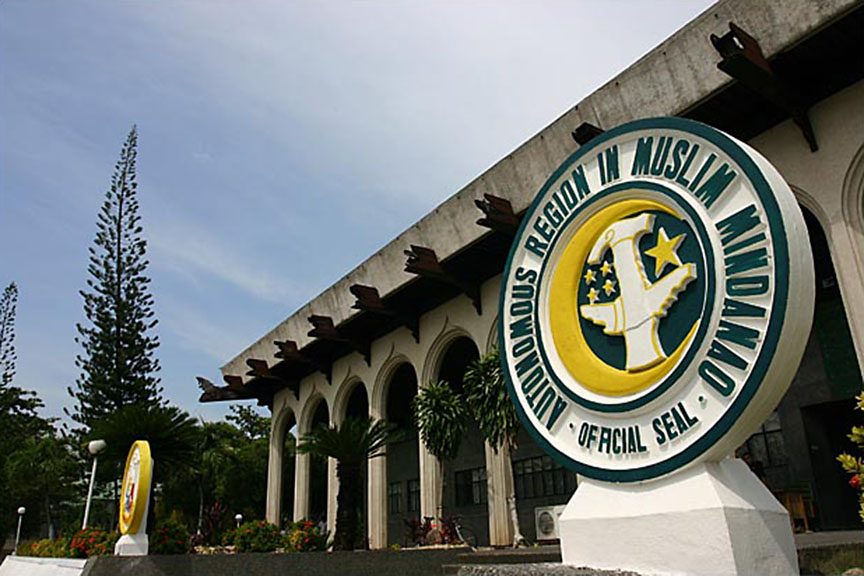 Inflation in the Autonomous Region in Muslim Mindanao has slowed down from 7.7% in June to 7.5% in July but remains the highest in the country.. MindaNews file photo by BOBBY TIMONERA
Inflation in the Autonomous Region in Muslim Mindanao has slowed down from 7.7% in June to 7.5% in July but remains the highest in the country.. MindaNews file photo by BOBBY TIMONERA
DAVAO CITY (MindaNews / 08 August) — The inflation rate slowed down a bit in the Autonomous Region in Muslim Mindanao (ARMM) in July 2018 at 7.5% but it remains the highest among the country’s 17 regions.
A report released by the Philippine Statistics Authority (PSA) on Monday said the latest inflation figure in the five-province ARMM was lower compared to 7.7% recorded in June.
ARMM, the country’s poorest region, comprises the provinces of Maguindanao, Lanao del Sur, Basilan, Sulu and Tawi-tawi and the cities of Lamitan in Basilan and Marawi in Lanao del Sur. Marawi’ was destroyed and its residents displaced by an armed conflict between government forces and the Islamic State-inspired Maute Group and its allies from May to October last year.
The PSA said there are at least 11 regions in the country that noted higher inflation rates last month while Central Luzon’s inflation figure further slowed down to 2.7% from 3% in June.
It noted inflation in areas outside National Capital Region (NCR) increased by 5.5% in July from 5.1% in June.
The PSA said the Philippines’s inflation rate continued to rise from 5.2% in June to 5.7% in July, the highest since 2013, mainly due to the 7.1% annual rate recorded in food and non-alcoholic beverages index.
It said nine out of 11 commodity divisions registered higher annual upticks during the month while annual mark-up in the food alone index was higher at 6.8 percent in July 2018.
The PSA noted that all the food groups posted higher annual increments in July 2018 except for the indices of corn and fruits.
The NCR also posted higher inflation at 6.5% in July 2018 from 5.8% in June, which was blamed on higher annual increases in food and non-alcoholic beverages, 7.2%; alcoholic beverages and tobacco, 21.9%; clothing and footwear, 2.4%; housing, water, electricity, gas, and other fuels, 8.2%; health, 4.5%; transport, 8.9%; communication, 0.6%; and recreation and culture, 1.1%. (Antonio L. Colina IV / MindaNews)
